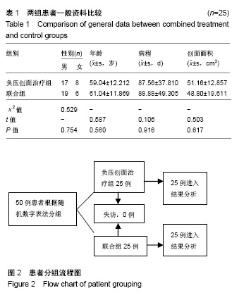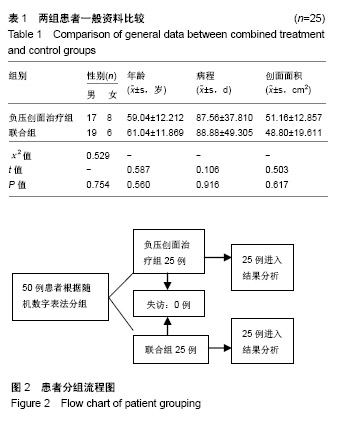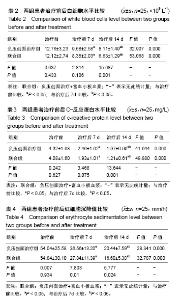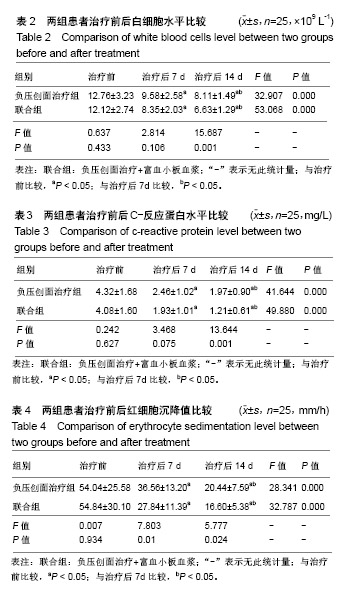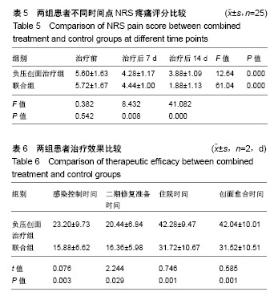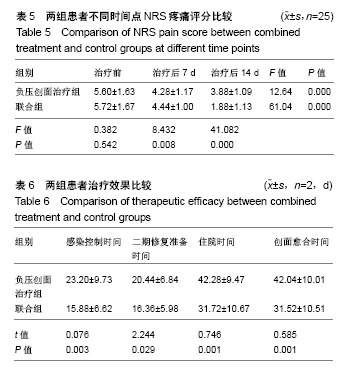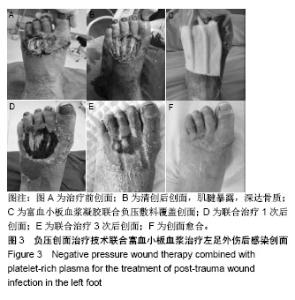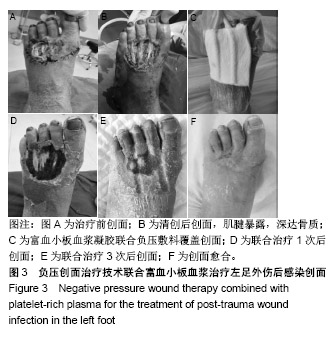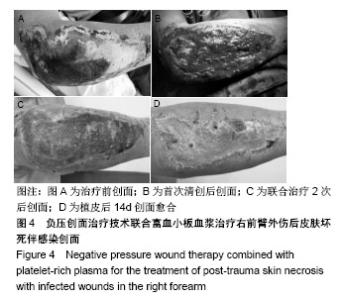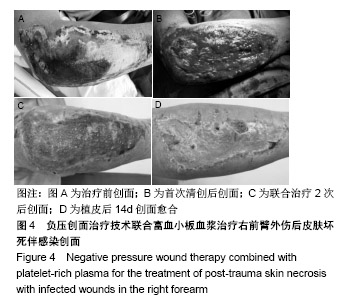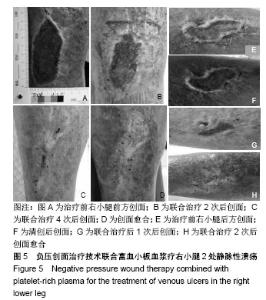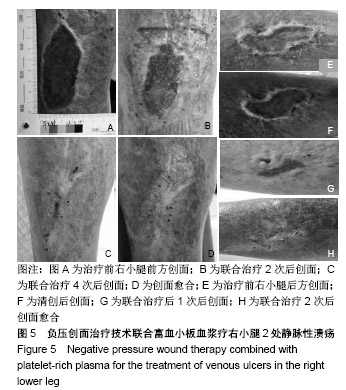| [1]Lazarus GS , Cooper DM , Knighton DR , et al. Definitions and guidelines for assessment of wounds and evaluation of healing. Wound Repair Regen. 1994;2(3):165-170.[2]Anitua E, Sánchez M, Orive G, Andía I. The potential impact of the preparation rich in growth factors (PRGF) in different medical fields. Biomaterials. 2007;28(31):4551-4560.[3]Venturi ML,Attinger CE,Mesbahi AN,et al.Mechanisms and clinical applications of the vacuum-assisted closure (VAC) Device: a review. Am J Clin Dermatol. 2005;6(3):185-194. [4]Eppley BL, Pietrzak WS, Blanton M. Platelet-rich plasma: a review of biology and applications in plastic surgery. Plast Reconstr Surg. 2006;118(6):147e-159e. [5]焦晓虎,王福顺,焦晨炜. 负压封闭引流技术应用于治疗难治性骨感染[J]. 骨科,2017,8(2):103-106.[6]Prabhu R,Vijayakumar C,Bosco AC,et al.Efficacy of Homologous, Platelet-rich Plasma Dressing in Chronic Non-healing Ulcers: An Observational Study. Cureus. 2018; 10(2):e2145.[7]Chicharroalcántara D, Rubiozaragoza M, Damiágiménez E, et al. Platelet Rich Plasma: New Insights for Cutaneous Wound Healing Management. J Funct Biomater. 2018;9(1). pii: E10. [8]Xie X, Zhang C, Tuan RS . Biology of platelet-rich plasma and its clinical application in cartilage repair. Arthritis Res Ther. 2014;16(1):204. [9]Seidel D, Lefering R, Neugebauer EA.Treatment of subcutaneous abdominal wound healing impairment after surgery without fascial dehiscence by vacuum assisted closure? (SAWHI-V.A.C.?-study) versus standard conventional wound therapy: study protocol for a randomized controlled trial. Trials. 2013;14:394.[10]Chen SZ, Li J,Li XY,et al.Effects of Vacuum-assisted Closure on Wound Microcirculation: An Experimental Study. Asian J Surg. 2005;28(3):211-217.[11]Morykwas MJ,Simpson J,Punger K,et al.Vacuum-assisted closure: state of basic research and physiologic foundation. Plast Reconstr Surg. 2006;117(7 Suppl):121S-126S.[12]Yeaman MR. Bacterial-platelet interactions: virulence meets host defense. Future Microbiol. 2010;5(3):471-506. [13]Ladwig GP, Robson MC , Ann KM , et al. Ratios of activated matrix metalloproteinase-9 to tissue inhibitor of matrix metalloproteinase-1 in wound fluids are inversely correlated with healing of pressure ulcers. Wound Repair Regen. 2002; 10(1):26-37. [14]Davis VL, Abukabda AB, Radio NM, et al. Platelet-rich preparations to improve healing. Part I: workable options for every size practice. J Oral Implantol. 2014 ;40(4):500-510.[15]Moghazy AM, Ellabban MA, Adly OA, et al. Evaluation of the use of vacuum-assisted closure (VAC) and platelet-rich plasma gel (PRP) in management of complex wounds. Eur J Plastic Surg. 2015;38(6):463-470. |
